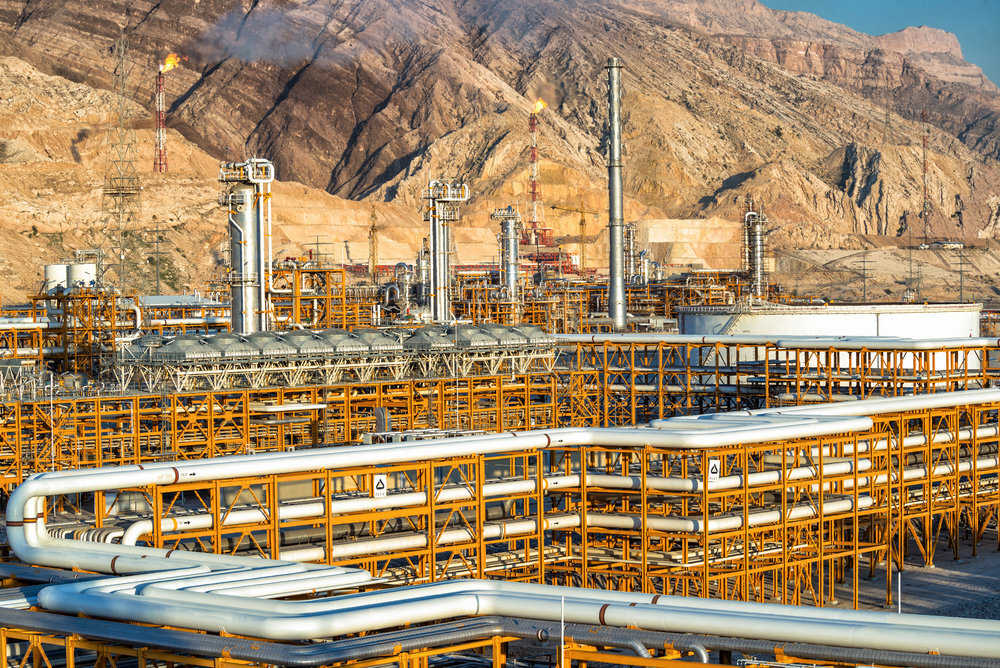SP gas supply to national network up 10%

TEHRAN – Managing Director of South Pars Gas Complex (SPGC) says gas supplies from the complex to the country’s national gas network has increased by 10 percent in the first two months of the current Iranian calendar year (March 20-May 20), year on year.
According to Hadi Hashemzadeh Farhang, the amount of sour gas received from the South Pars platforms as feedstock in the mentioned two months also increased by about nine percent compared to the same period last year, IRIB reported.
The official noted that the annual overhaul operations of the complex’ refineries was started on May 4 and will be completed by the end of summer (September 21).
Emphasizing the importance of gas condensate production by the Persian Gulf Star refinery (PGSR), Hashemzadeh Farhang, said: "The amount of gas condensate produced by this complex in the first two months of [the Iranian calendar year] 1399 increased by more than nine percent compared to the same period last year."
In 2019, Hashemzadeh Farhang had said that South Pars refineries account for refining 74 percent of gas produced in Iran.
Earlier this month, the spokesman of the National Iranian Gas Company (NIGC) said the country’s daily production of natural gas increased by 24 million cubic meters (mcm) and currently stands at 674 mcm.
The average daily gas production in the country stood at 650 mcm last year in this month, Mohammad Asgari told Shana.
According to the official, the country’s average daily gas consumption is currently 540 mcm.
Also in April, Mohammad-Ali Dadvar, the PGSR managing director, announced that the refining capacity of the plant is going to grow 60,000 barrels per day (bpd) by September 2020 to hit 480,000 bpd.
Dadvar said the facility was currently receiving an average of 420,000 bpd of gas condensate as feedstock.
The huge South Pars gas field which Iran shares with Qatar in the Persian Gulf, is estimated to contain a significant amount of natural gas, accounting for about eight percent of the world’s reserves, and approximately 18 billion barrels of condensate.
EF/MA
